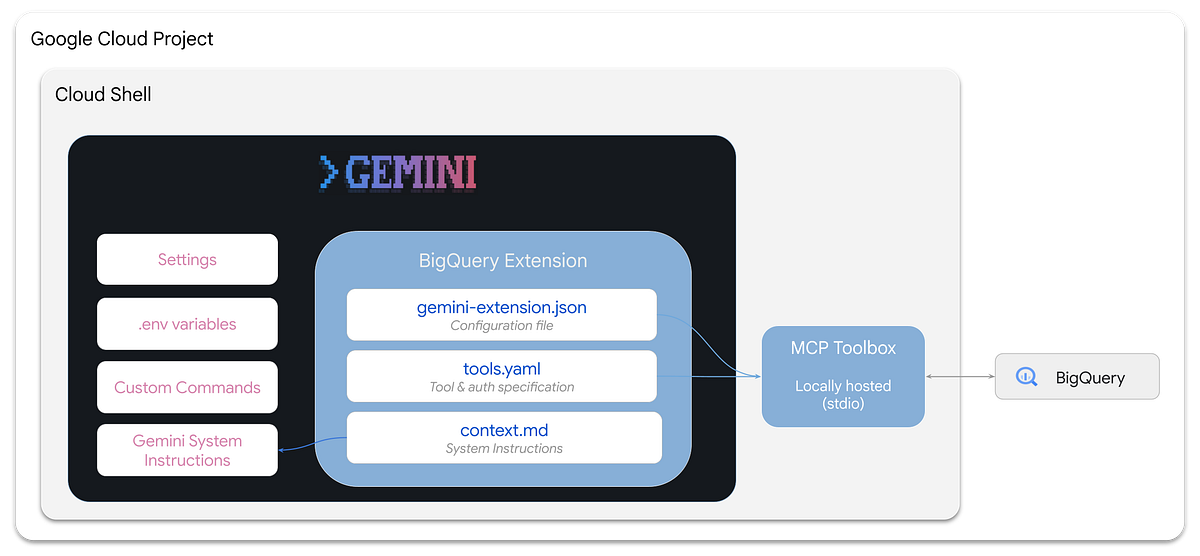
2. Initial Contact and Infrastructure Abuse
Once a victim applies to a job posting, UNC6229 initiates contact, typically via email, but also through direct messaging platforms. The initial contact is often benign and personalized, referencing the job the victim applied for and addressing the victim by name. This first contact typically does not contain any attachments or links, but is designed to elicit a response and further build rapport.
GTIG has observed UNC6229 and other threat actors abusing a wide range of legitimate business and customer relationship management (CRM) platforms to send these initial emails and manage their campaigns. By abusing these trusted services, the actor’s emails are more likely to bypass security filters and appear legitimate to the victim. We’ve shared insights about these campaigns with CRMs UNC6229 has abused, including Salesforce, to better secure the ecosystem. We continue to disrupt these actors by blocking their use of Google products, including Google Groups and Google AppSheet.
3. Payload Delivery: Malware or Phishing
After the victim responds, the actor proceeds to the payload delivery phase. Depending on the campaign the attacker may send the victim an attachment with malware or a link to a phishing page:
- Malware Delivery: The actor sends an attachment, often a password-protected ZIP file, claiming it is a skills test, an application form, or a required preliminary task. The victim is instructed that opening the file is a mandatory step in the hiring process. The payload often includes remote access trojans (RATs) that allow the actor to gain full control of the victim’s device and subsequently take over their online accounts.
- Phishing Link: The actor sends a link, sometimes obfuscated with a URL shortener, directing the victim to a phishing page. This page is often presented as a portal to schedule an interview or complete an assessment.
The phishing pages are designed to be highly convincing, using the branding of major corporations. GTIG has analyzed multiple phishing kits associated with this threat activity and found that they are often configured to specifically target corporate email credentials and can handle various multi-factor authentication (MFA) schemes, including those from Okta and Microsoft.
Attribution
GTIG assesses with high confidence that this activity is conducted by a cluster of financially motivated individuals located in Vietnam. The shared TTPs and infrastructure across multiple incidents suggest a collaborative environment where actors likely exchange tools and successful techniques on private forums.
Outlook
The “fake career” social engineering tactic is a potent threat because it preys on fundamental human behaviors and the necessities of professional life. We expect UNC6229 and other actors to continue refining this approach, expanding their targeting to other industries where employees have access to valuable corporate assets. The abuse of legitimate SaaS and CRM platforms for malicious campaigns is a growing trend that challenges traditional detection methods.
Indicators of Compromise
The following indicators of compromise are available to registered users in a Google Threat Intelligence (GTI) collection.
Source Credit: https://cloud.google.com/blog/topics/threat-intelligence/vietnamese-actors-fake-job-posting-campaigns/




